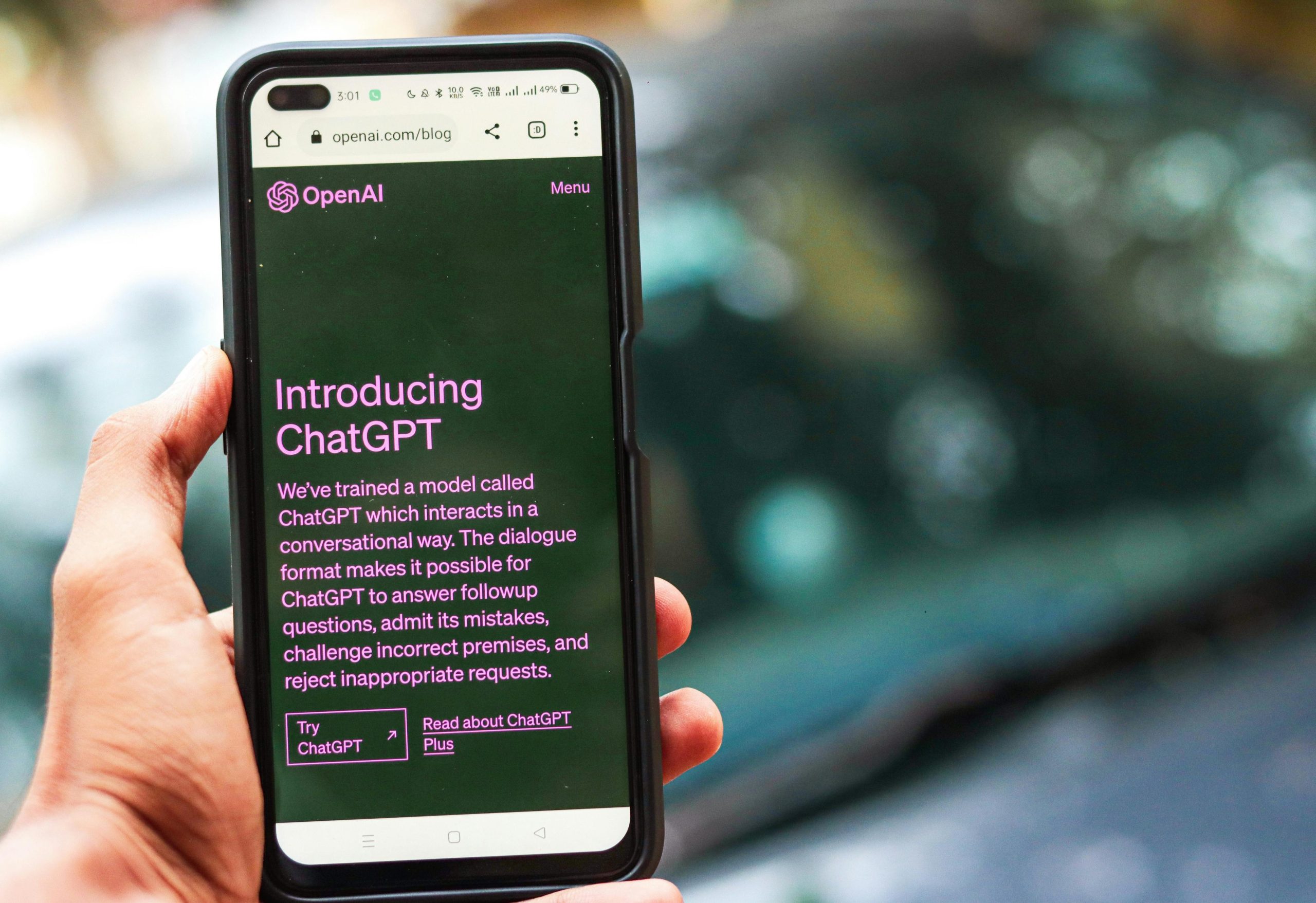GPT5 guardrails might be eventually dangerous to sensitive users!
Understanding the Limitations and Potential Dangers of AI Guardrails: A Call for Smarter and More Compassionate Language Models
In recent developments within AI and large language models (LLMs), a recurring concern has emerged regarding the implementation of “guardrails” designed to prevent misuse and harmful outputs. While these safety measures aim to protect users and society at large, there is growing debate about whether they might inadvertently cause harm, especially to sensitive users who seek genuine support and understanding.
The Essence of Guardrails and Their Shortcomings
Guardrails in LLMs are essentially programmed filters intended to prevent the model from generating inappropriate, dangerous, or offensive content. However, some critics argue that these filters can be overly rigid and context-insensitive. For example, when individuals are experiencing distress, frustration, or even joking about severe situations, strict guardrails may respond with dismissiveness or harshness, lacking empathy and nuance.
Such responses can be particularly problematic in crisis situations, where a user reaching out for support might merely be venting or seeking reassurance. Instead of offering a compassionate ear or constructive guidance, the AI may respond with condemnation or dismissiveness—potentially exacerbating feelings of isolation, anger, or hopelessness.
The Risks of Excessive Restriction
There have been reports of AI models, under the influence of rigorous guardrails, misinterpreting user intentions. For instance, an individual describing their intense emotional state or joking about violence might be met with aggressive suppression or labeling, rather than understanding or assistance. When users express heavy emotions, exaggeration, or even discomfort, overly cautious safeguards might block supportive communication, leading to unintended harm.
This situation raises concerns about the real-world implications of deploying AI models with inflexible safety protocols. Users in vulnerable mental states might find themselves silenced or misunderstood, which could have serious consequences, including neglect of urgent mental health needs. In the worst cases, such responses could contribute to tragic outcomes, such as feelings of hopelessness leading to suicidal actions.
The Need for Smarter, More Empathetic AI
As AI technology advances, there is a pressing demand for model developers to create systems that are not only safe but also contextually aware and empathetically responsive. Instead of blindly censoring or dismissing certain expressions, future iterations—such as GPT-6 and beyond—should incorporate nuanced understanding of human emotion, intention, and context.
A more intelligent AI would recognize when a user is venting, joking, or seeking understanding, rather than endorsing harmful behavior














Post Comment